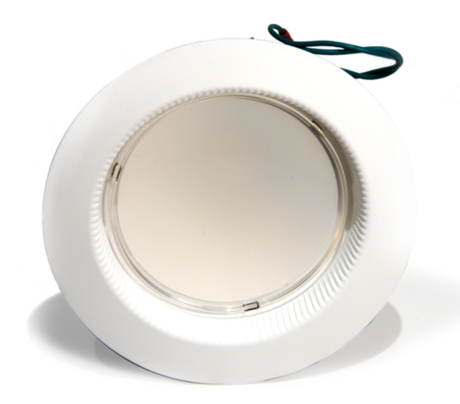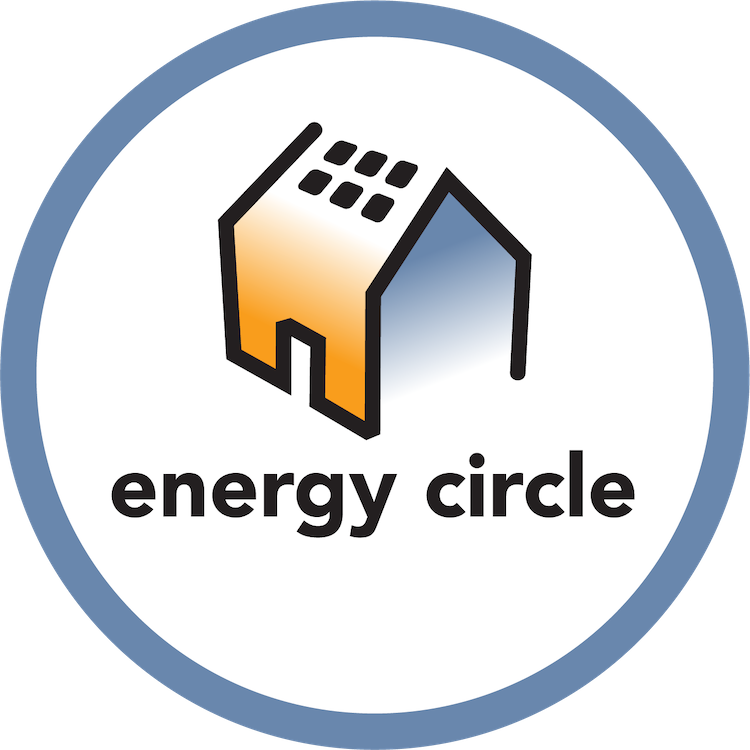
Today's efficient lighting options range from the new generation of CFL and LED bulbs that stay cool and glow warm, to holiday strings, solar outdoor lights, headlamps and more. Find energy-efficient lighting solutions that make our houses glow just the way we like them to, when we want them to, without stealing our pocket money.
Lighting Buyers Guide
Easy Switch. Beautiful change. Making the move to energy-smart lighting.
What’s the problem with those good old “I’ve got an idea!”-shaped incandescent bulbs? Plenty, it turns out. For starters, they are hot heads. They are expensive, because they are short-lived, and they use up more power than they have a right to. Our strong recommendation: replace those old energy hogs now.
Compact Florescent Lights (CFLs)
The good news is that moving to efficient bulbs has never been easier. CFL (compact florescent lights), are designed to fit into the same light sockets as incandescent bulbs. They have come a long way from the slow-building, flickering, then blinding CFLs of the past. Many emit the warm light we prefer in our homes. And with the benefit of dimmable technology, we can use them anywhere we used to use incandescents. We love them because they last a long time and they are a very easy way to save money on our utility bill. In addition to indoor spiral bulbs, CFLs are available in traditional bulb shape, and reflectors.
Food for thought: We know that dimming incandescent bulbs by a quarter can save you 20%, and if you dim them by half, you move into 40% savings territory. Now think dimmable CFLs, and the savings multiply big time. And it goes without saying that dimmable CFLs provide that glowing soft light that helps make home feel...Like home.
When Assessing Which Bulbs to Buy, Look For These Qualities:
Color Rendering Index (CRI)
On a scale of 1-100, CRI rates a bulb’s ability to show the true color of an object. Sunlight scores 100. We like bulbs with CRI of 80 or higher.
Color Temperature
Most home owners aim for “warm” light. The higher this number is, the colder, or whiter, the light is. Office lights score 4,000* Kelvin, for example. Our old incandescents score about 2,800*Kelvin. A bulb in the 2,600-3,000 range works for us.
Average Rated Lifetime
This measure is provided in hours. A year is comprised of 8,760 hours. Most lamps are on a small percentage of that time. In our experience, you can expect a 10,000 hour bulb to last about 3 years.
Lumen
Lumen measures how much light a bulb gives off. The soft light of an old 60 watt bulb gives off 840 lumens. Manufacturer equivalency varies.
As you shop, look for low mercury options. (CFLs all contain some mercury). And embrace the savings. You won't be replacing these bulbs for a long long time, and you'll hear the sound of quarters dropping into your piggy bank every month you go without incandescents. That's good value. And we're not even counting the Karma.
